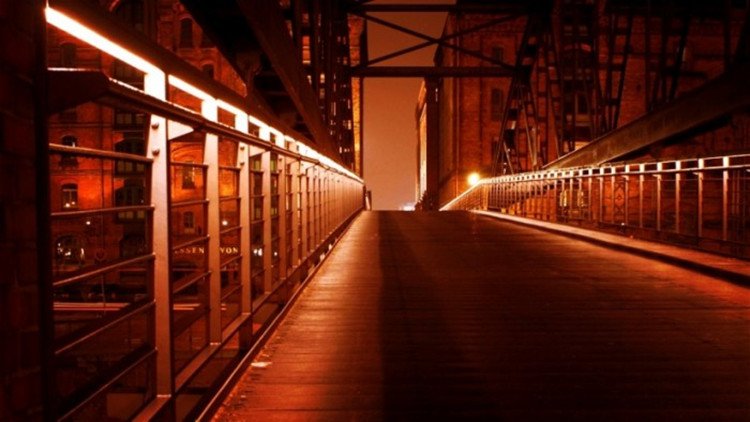Expecting resistance to change and planning for it from the start of your change management progamme will allow you to effectively manage objections and increase the likelihood of successful change management.
The change curve model describes the four stages most employees go through as they adjust to change:
#1 – Denial
When a change is first introduced, people’s initial reaction may be shock or denial, as they react to the challenge to the status quo. This is stage 1 of the change curve.
For most employees in denial change is not easy to accept, and they react to change with a shock. In the first place most employees do not believe that the change is happening for real and try to ignore thinking and talking about it. Since change is interpreted as uncertainty, employees shift their attention to the past and familiar feelings that make them feel secure.
This shift causes a dip in the morale of the employees. At this stage it is for the leader to help the people to understand what is happening and how it affects them. Keeping them informed with what is happening helps in building up a sense of security.
#2 – Anger, confusion, depression, crisis
Resistance to change begins as people realize that the change is actually taking place and there is no way to avoid it. During this stage of the change curve feelings like anger, self-doubt, fear and anxiety can build up, which can significantly stagger the progress of the change process, besides causing the morale and productivity to take a nosedive.
The leader’s role, here, should be to lend an ear to the employees concerns, demystify the myths and fads surrounding the change, empathize with them and to encourage them to pass through this stage.
#3 – Acceptance
The next stage of the change curve is the acceptance phase where the employees leave out their arguments and instead become a part of it. This is where employees start acting and learning new ways so as to constructively contribute towards the change. A fresh wave of thinking sets in where employees understand the rationality of the change process and the importance of their role in the change process. What’s worth noting here is that even though employees may have started contributing towards the change they may still not have completely accepted the change at this stage.
#4 – New confidence
Stage 4, is the final stage of the change curve, when productivity and emotional normalcy would have been completely restored. It’s important for the leader to acknowledge and reward the employees for their active contributing, so as to keep them motivated and committed.
Not dealing proactively with resistance is one pitfall
But there are many other common change management mistakes to avoid.
Short URL & title:
Increasing the likelihood of successful change management — https://www.torbenrick.eu/t/r/hnd
Share it:
If you enjoyed this article, please take 5 seconds to share it on your social network. Thanks!








We need to understand that all things of this world are in state of constant change and so do business organization.We have to make sure that we have taught our employees at induction program so that they may not resist change for the mere fact that it is nature.I believe that resistance to achange comes from ignorance of permance of change.This can be averted when we have made our employee to recognize that change is permant for the fact that everything of this world are constantly passing away for the new one to come.
This information is all well and good if employees resist change; however, I still think it is more effective (and efficient) to prevent resistance in the first place. Get the employees to participate in the process so they can understand the need for change and make it happen, otherwise they have a million ways to sabotage it.
It is a good article, but has a couple grammar errors. In the Denial section, the word “them” is used twice and is unnecessary. Also, in the section New Confidence, the word “by” is not necessary and confusing.
Phil Sears – Thanks Phil
Torben Rick Phil Sears You’re welcome. I though you would like to know.
Communication to all is so key when undertaking a change management programme, this is a superb article and quantifies why people are resistant to change and to why. Experience has taught me to encourage active involvement from all levels in the organisation at the conception stage, continue to message the change and the evololition as it takes place. People then feel part of the programme, and feel that have been effective change partners within the organisation, it also reduces the power of those resistant to change, they soon become a lone voice.
Excellent points/ideas, both in the article and comments. It reinforces the idea that “organizational” change is really “people” change-we are asking people to change what they do in one way or another. “How will this affect me?” is the usual first response, and as noted, the comfort level of change can be proactively managed before the enactment of the change.
Referring to the curve, there is an old saying, “Pain is the touchstone of change.” Sometimes the Crisis level is the only way that recognition of the need to, and motivation to change are made manifest…but I sure hope I have done everything to prevent that first….
…and Bev Waldron: Spot on!!